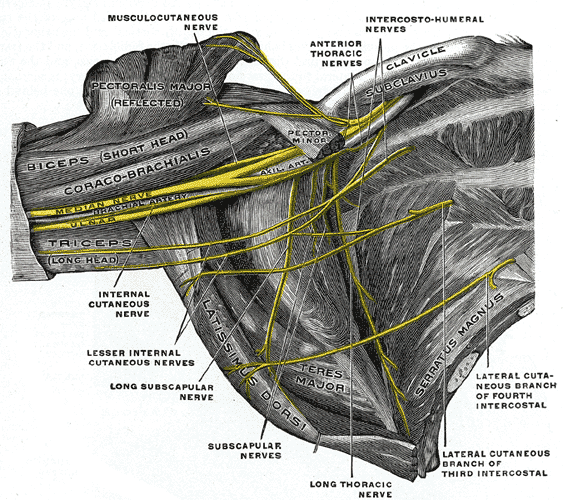Take Days Off
I am continually finding that days detached from my yoga studio lead to improvements in my teaching and my practice. I’m not talking about more than a couple of days, but taking 1 or 2 days off is extraordinarily beneficial to my practice. It allows the joints to rest, reset, and relax and the muscles to re-hydrate, … Read more


